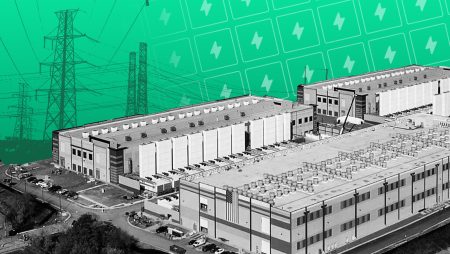Unlock the Editor’s Digest for free
Roula Khalaf, Editor of the FT, selects her favourite stories in this weekly newsletter.
The post-pandemic consumer boom has lasted longer than expected. But the lesson from recent results is that — at some point — depleted wallets snap shut. Ryanair signalled the end of revenge travel. Luxury groups are fraying at the seams. And the auto sector is suffering a veritable car crash.
Stellantis saw its stock fall by some 10 per cent on horrible results on Thursday. It missed expectations with net profit of €5.6bn, down 48 per cent compared with the first half of 2023, and €400mn of negative industrial free cash flow. Investors in rivals Nissan and Ford slammed on the brakes, with their stocks down 7 and 13 per cent respectively. Skittish markets marked down Renault and General Motors too, despite what looked a more solid performance.
2024 was always going to be a tougher year for automakers. This, belatedly, is the unwinding of the post-pandemic boom, when snarled up supply chains enabled carmakers to jack up prices, concentrate on snazzier models and rebuild wholesaler inventories. That was a triple boost to profitability. Now, ample supply and sluggish demand are hurting pricing power. Average car selling prices have fallen by 6 per cent since late 2022 or early 2023, thinks Citigroup.
This slowdown is affecting Stellantis more than most, partly because it stepped on the gas so hard during the boom. Its profit margins benefited from cost cuts as Peugeot and Fiat Chrysler were rammed together. But it also hiked average US selling prices by 50 per cent when times were good, compared with less than 20 per cent for the broader industry, on Citi’s numbers. It pushed more inventory than peers into the wholesale system.
Now, as it awaits the arrival of a spate of new models, Stellantis is struggling to sell cars — particularly in the US, its biggest market. Its market share has fallen sharply. The result is plunging profitability, with US margins down a staggering 6.1 percentage points year on year to 11.4 per cent.
The danger for investors is that this is just the beginning of a vicious competitive environment. Plant closures such as Volkswagen’s in Europe will barely make a dent in the scale of sector overcapacity. While average transaction prices in the US have fallen, they are still far above pre-pandemic levels. Crammed wholesaler car parks and softening demand may well conspire to slash pricing further, hurting the industry broadly.
Carmakers could have a long way to reverse before normal sales traffic resumes.
Read the full article here














